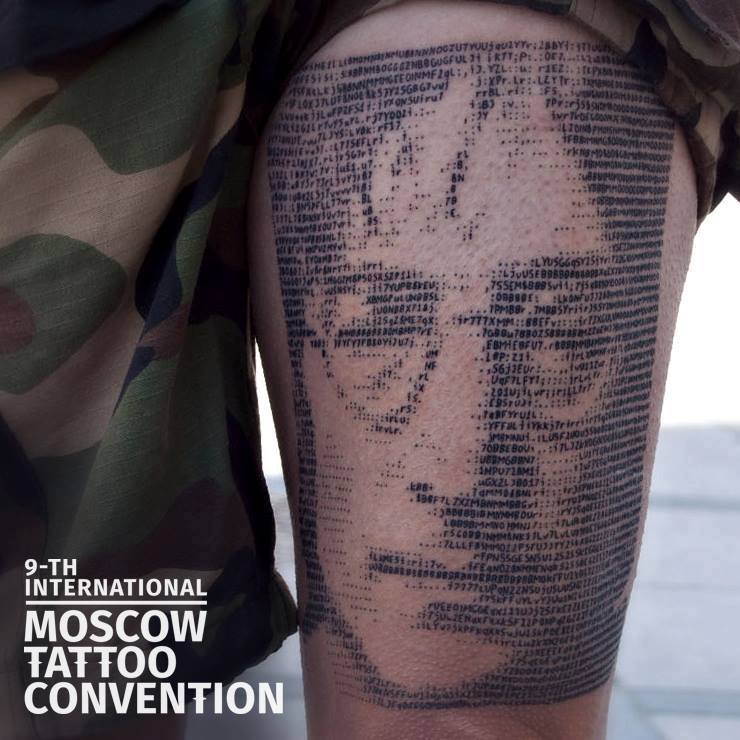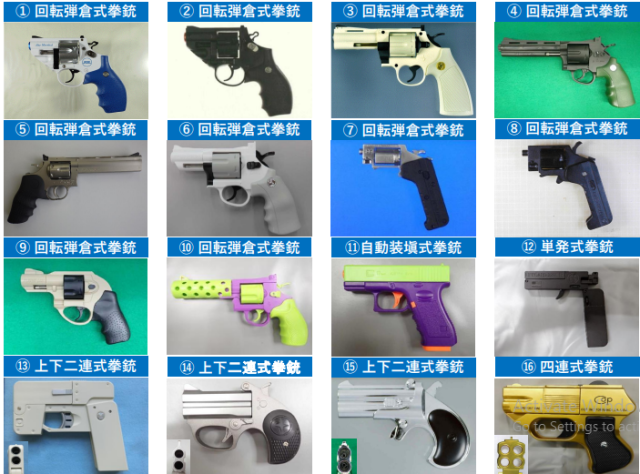Invented in the 1970s, ASCII art is still popular in online chats, on forums and websites, but one insanely talented tattoo artist is able to ink stunning portraits using only the 95 characters characters from the 1963 American Standard Code for Information Interchange (ASCII) standard on his clients’ skin.
31-year-old Andreas Vrontis has always been fascinated by ASCII art and “how a simple lettering pattern could create so much symmetry and detail in the end result”, so a few years ago, he started experimenting with ways to integrate the digital art style into his real-life tattoos. Vrontis has been tattooing for six years, but he made his first ASCII tattoo in 2015, a portrait of John Lennon. He was nervous about how it would turn out, but it ended up winning him the “Best in Show” prize at at the Cyprus International Tattoo Convention. He has been improving his technique ever since, and his latest works of art simply breathtaking.

Photo: Andreas Vrontis/Facebook
Vrontis told VICE Motherboard that, as far as he knows, he is the only one making ASCII tattoos in the world, and he plans to keep it that way. He’s not very eager to reveal his design process, limiting himself to disclosing that he doesn’t rely on any specialized ASCII art software, as the result doesn’t turn out as good as most people may think.
“I would not want to reveal my creative process as it has taken me many years to develop and perfect it,” the Cypriot tattoo artist said. “There are many computer programs out there; however, the outcome is not as realistic as anyone would think. Sometimes I start with a random program just to get a general idea of how a portrait would look, but I don’t stay there. I try to define the portrait on my own terms.”
One thing is for sure, though, ASCII portrait tattoos are harder to pull off than regular ones or other type of imagery, for that matter. Maintaining the thin text lines as clean as possible while also keeping an eye on spacing is essential, and a simple error like pushing the needle too deep into the skin can mess up the entire design. And since ASCII art uses tiny characters, it’s even more complicated, requiring both concentration and mountains of patience.
“The lines are very thin and the letters are so close to one another, so in a sense there is no room for errors,” Vrontis said. “It is a long process and an exhausting one. It can take up to eight hours until the tattoo is done and you need to stay focused until the end.”
“What I find absolutely amazing with this technique is the ability to produce a new understanding or perception of what is real and what is not,” Vrontis told Motherboard. “A more traditional type of tattoo is perhaps representing things in a way that is accurate and true to life. This type of a design is doing the same thing, but in a more complex and creative way.”






